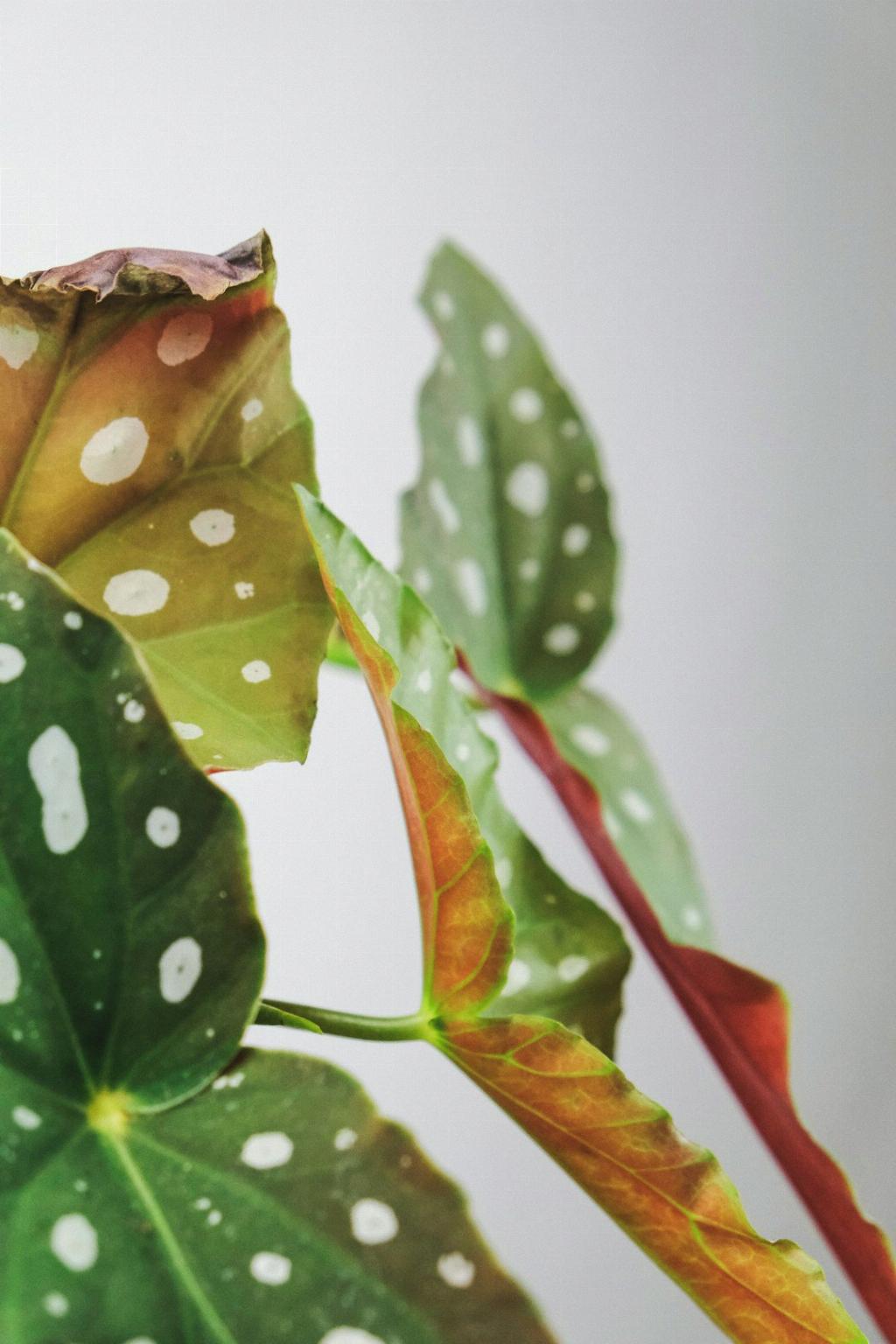When it comes to the care of your begonias, the question of whether or not to deadhead can often be a point of confusion for many gardeners. The act of deadheading, or removing faded or dead flowers from a plant, can have various effects on the growth and appearance of different types of plants. In the case of begonias, the answer is not a simple yes or no, but rather, it depends on the specific variety of begonia you are dealing with.
Most begonias do not require deadheading as part of their regular maintenance routine. These resilient plants are known for their ability to continuously bloom without the need for frequent deadheading. However, while deadheading may not be necessary for the overall health of the plant, it can certainly help enhance the aesthetic appeal of your begonias.
Removing faded or spent flowers from your begonias can help promote new growth and encourage the plant to redirect its energy towards producing new blooms. This can result in a more prolific flowering display and give your begonias a neater, tidier appearance. Snapping off old flower stems can also prevent the plant from expending energy on producing seeds, allowing it to focus on producing more flowers instead.
While deadheading begonias can be beneficial in terms of promoting new growth and improving the overall look of the plant, it is important to note that not all begonia varieties will benefit from this practice. Some begonias, such as those that produce ornamental berries or have unique seed pods, may actually derive value from allowing their flowers to go to seed.
For example, tuberous begonias are known for their showy, tubular flowers and often produce decorative seed pods that can add visual interest to the plant. In these cases, deadheading may not be necessary, as leaving the spent flowers to mature can contribute to the overall beauty of the plant.
On the other hand, fibrous begonias, which are prized for their abundant flowers and lush foliage, may benefit from regular deadheading to ensure continuous blooming throughout the growing season. By removing old flowers before they go to seed, you can encourage the plant to produce more flowers and maintain a vibrant display of color in your garden.
Ultimately, whether or not you choose to deadhead your begonias will depend on the specific variety you are growing and your aesthetic preferences as a gardener. If you value a tidy, well-groomed appearance in your garden and want to promote a continuous display of blooms, then deadheading may be a worthwhile practice for your begonias.
However, if you have begonias that produce attractive seed pods or prefer a more natural look in your garden, you may opt to forego deadheading and allow the plant to mature and set seed. Remember that deadheading is not a requirement for the health of your begonias but rather a choice you can make based on your individual gardening goals and preferences.
In conclusion, the decision of whether or not to deadhead your begonias is a personal one that should be based on the specific characteristics of the plant you are growing and your desired outcome for your garden. By understanding the factors that influence the need for deadheading, you can make an informed choice that will help you maintain healthy, vibrant begonias that bring beauty and joy to your outdoor space.

